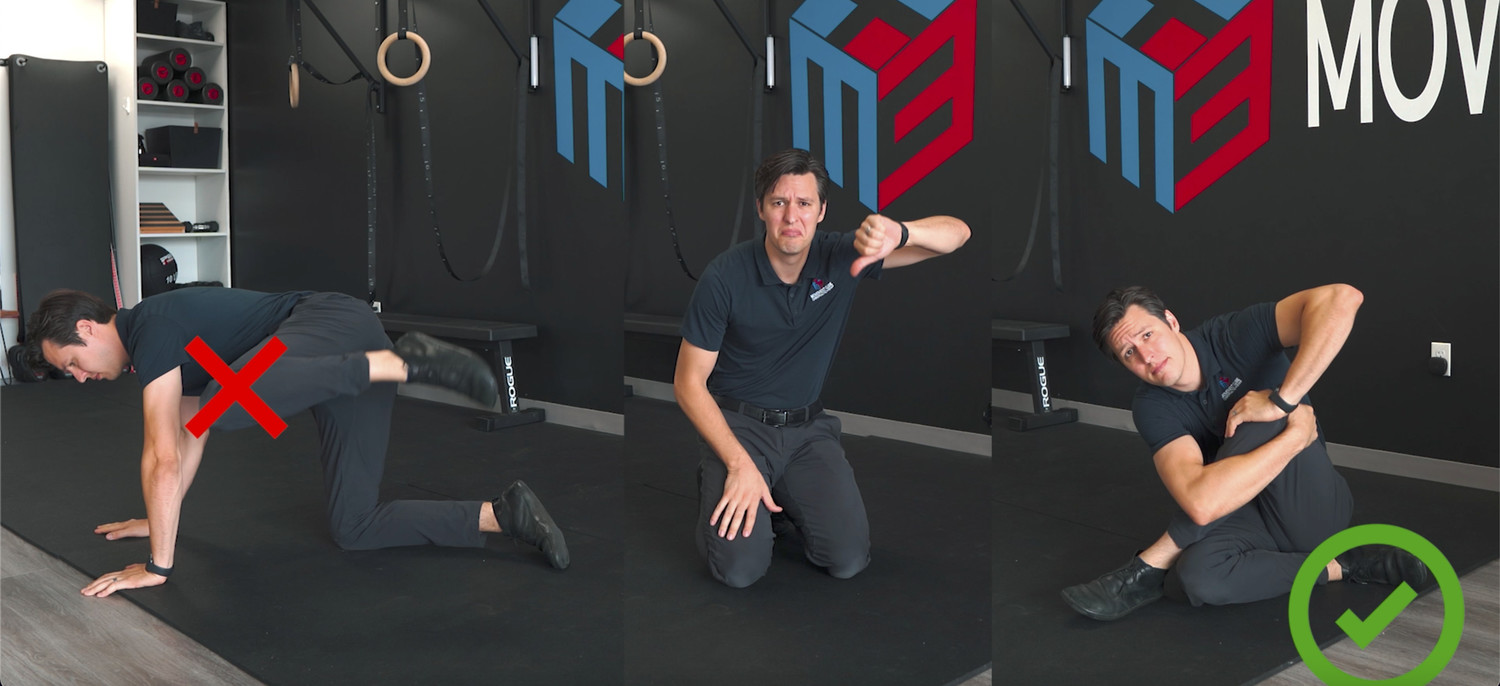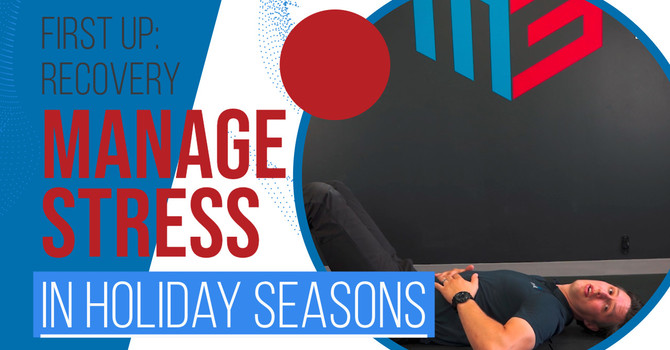
Social Media Is Confusing
You’re motivated to increase your mobility, so naturally, you turn to social media for tips. But soon, you're bombarded with conflicting advice. One video claims, “This is mobility,” while another insists, “No, *this* is mobility.” Before long, you’re stuck in analysis paralysis, unsure which approach to trust.
Here’s the truth: Mobility isn’t a one-size-fits-all solution. Stretching, end-range loading, and strength work are all forms of mobility, and the best results come from blending these approaches. Let’s break it down so you can stop second-guessing and start seeing results.
Stretching: The Gateway to Mobility
Let’s say you’re looking to improve your squat, but your hips always feel tight. The first thing most people turn to is stretching—it’s familiar, simple, and doesn’t require any special equipment. But there’s a right way and a wrong way to stretch.
Most people stretch like this: You get into position, feel that initial tension, and then hold your breath as you push through the discomfort for about ten seconds. But when you stand up, nothing seems to have changed, and you’re left wondering if stretching even works.
Here’s the deal: Stretching *does* work, but it requires more time and a different approach. Instead of rushing through it, aim to spend at least two minutes in each stretch. Relax into the position, breathe deeply, and let your body adjust. The goal is to feel a stretch without holding your breath or squirming to get away from the discomfort. As your body relaxes, you can gradually go deeper into the stretch.
End-Range Loading: Building Strength Where It Counts
Once you’ve spent time stretching, it’s time to move into end-range loading. This technique helps you strengthen your muscles at their furthest range of motion, making those gains from stretching more functional.
For your squat, I like to start with a focus on improving hip internal and external rotation. Use a furniture slider or similar tool to isolate the movement in your hips, making sure not to compensate by using your lower back. Find your end range, contract into it, and then move back and forth between internal and external rotation for about ten reps on each side trying to find more range with each rep.
Strength Work: Locking in Your Gains
Now that you’ve stretched and loaded your end range, it’s time to cement those gains with some strength work. The best way to get better at squatting? Squat more but with intention.
Start with a squat press out, holding a light weight in front of you. As you squat down, press the weight out to help with balance and range of motion. This added weight helps you achieve a deeper squat while maintaining good form. Aim for about ten reps, focusing on the quality of movement.
As you get more comfortable, progress to heavier weights or your preferred squat variation (e.g., back squat, front squat, etc). The key is to use the range of motion you’ve just enhanced, reinforcing it with strength training.
The Bottom Line: Blend It All Together
Regarding mobility, there’s no need to choose just one approach. Stretching, end-range loading, and strength work all have their place; combining them is the best way to see lasting improvements. Don’t get caught up in the “this or that” mentality that’s so common on social media. Instead, focus on what works for you.
Remember, the most important thing is that you’re moving and making progress. If you’re unsure about where to start or how to put it all together, we’re here to help. Shoot us a message, and let’s work on a plan tailored to your needs.
By incorporating these elements, you’ll not only enhance your mobility but also make sure those gains translate into better performance and fewer injuries. Keep moving, keep experimenting, and most importantly, keep it fun!

Dwayne Golbek
Contact Me

.jpg)

